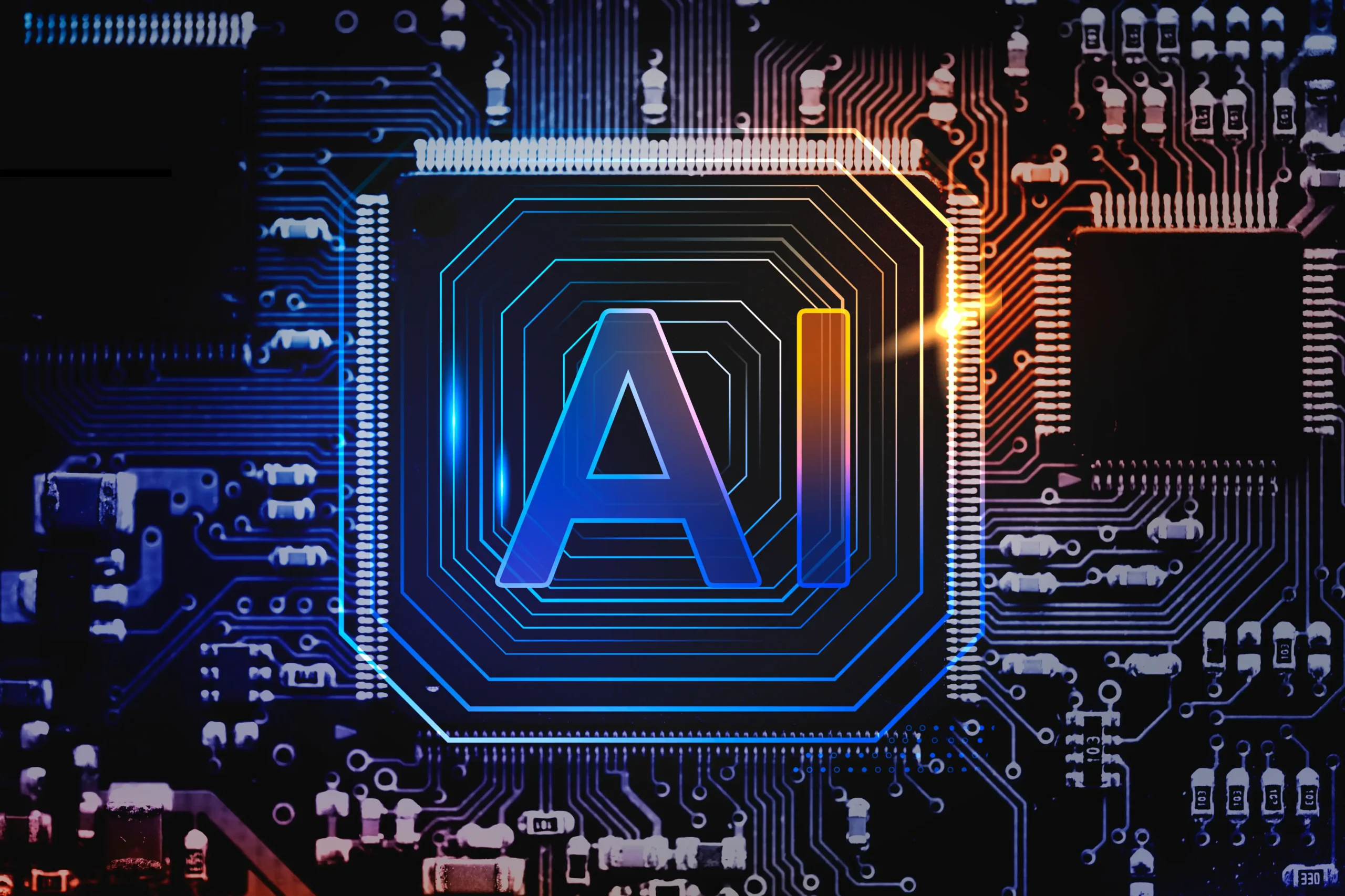IoT in Healthcare
The Internet of Things (IoT) is constantly adapting to the changing needs of the digital world, and the driving force behind this is the smart built environment. As fresh markets open up, innovative IoT companies are developing novel ways to improve residents’ quality of life in ease, safety, and comfort, eventually provoking a steady influx of new Internet of Things (IoT) opportunities in the healthcare sector. Fortunately, IoT companies are coming up with innovative solutions to the problems that hospitals and other healthcare facilities face.
The Internet of Medical Things (IoMT) has contributed everything from security systems and thermostats to biosensors and smart equipment, resulting in better patient results and a higher standard of care.
This article explains IoT in healthcare, its advantages, challenges, and use cases.
Defining the Internet of Medical Things (IoMT) or Medical IoT
IoMT’s main purpose is to keep tabs on patients and call the doctor if something seems amiss with IoT-connected devices. Wearables, a centralized database for keeping track of medications, a streamlined medical supply chain, and remote patient monitoring are all ways that the Internet of Things could be used in the healthcare industry.
Using IoT-enabled applications in the healthcare sector allows patients to maintain constant contact with their doctors and nurses. IoT’s ability to constantly monitor health changes and provide feedback to doctors can greatly improve diagnostic precision. They facilitate procedures for medical staff caring for several patients.
Do you know
The healthcare device market is one of the most promising regarding the Internet of Things. This market, also known as IoMT (Internet of Medical Things), is expected to be worth $176 billion by 2026.
Top Benefits of IoT in Healthcare
Healthcare and the Internet of Things continue to grow in popularity each year. This implies that there are multiple significant advantages to adopting such a solution. Let’s get into more detail about them to understand better the potential of the Internet of Things in healthcare.
The benefits of IoT in healthcare are categorized below.
- IoT for Patients
- IoT for Hospitals
- IoT for Physicians
- IoT for Health Insurance Companies
1. Health Monitoring
Wireless sensors in smart gadgets can monitor vital signs. Asthma attacks, heart failure, and other medical emergencies could cause healthcare IoT apps to send out an emergency alert.
For instance, Apple’s Fall Detection System in the Apple Watch uses healthcare-related IoT technology. An alarm will sound if it senses that a fall has occurred. Apple Watch can also contact the emergency authorities and notify people you’ve designated to receive emergency notifications.
2. Drug Administration
Improved drug management is one of the many ways IoT improves healthcare. As a result of the IoT, we can now regulate how much medication is used. Treatment efficacy and dosage can both be tracked and monitored by doctors.
In addition, Internet-connected devices can notify patients when it is time to take their medication. It may be possible to alert a patient when they have missed a dose of medicine.
3. Enhancement of the Patient’s Experience
Internet of Things (IoT) in healthcare facilities enhances medical care and provides patients with more convenient means of contacting their doctors. As a result, the quality of care provided to patients improves, and brand loyalty is strengthened. In this way, the Internet of Things (IoT) in healthcare facilitated the US (Mt. Sinai Medical Center), reducing waiting time for emergency patients by 50% utilizing AutoBed software.
Although it only has about 1,100 beds, treating at least 59,000 patients annually. AutoBed’s job is to pair them with available beds for new patients. Consequently, Internet of Things (IoT) healthcare gadgets helps the hospital more effectively achieve its objectives.
4. Automation in Healthcare
Sensor-equipped Internet of Things devices is used to monitor the real-time position of medical devices such as wheelchairs, defibrillators, nebulizers, oxygen pumps, and other monitoring gear. The real-time analysis is also possible to deploy medical personnel at various sites.
Patients have legitimate concerns about the spread of illnesses in healthcare settings. Hygiene monitoring devices with Internet of Things support can reduce the risk of infection in patients. Asset management is another area where the Internet of Things comes in handy, with examples being the control of a pharmacy’s inventory and environmental monitoring tasks like checking the fridge’s temperature and humidity levels.
5. Preventative Medical Care
Many people’s lives are cut short by persistent conditions, including diabetes, heart disease, and others. The analytical power of the IoT allows for more personalized medical care.
Medical IoT devices that are smartly connected or wearable can keep tabs on the health of the elderly or people with chronic illnesses. With this information, doctors can figure out what’s wrong with their patients and treat them.
6. Interventional Robotic Surgery
It is now possible for surgeons to execute intricate treatments that would be too dangerous or too time-consuming for humans to do by deploying miniature Internet-connected robots within the human body. Simultaneously, small IoT devices used in robotic surgeries can minimize the extent of incisions needed for surgery, resulting in less trauma to the patient and a speedier recovery period.
This equipment must be compact and dependable enough to complete surgeries with minimal patient discomfort. To make the best decisions regarding how to continue during surgery, they need to be able to comprehend complex circumstances within their bodies. While these concerns are valid, the fact that IoT robots are now being utilized in surgery demonstrates that they can be overcome.
7. Health Insurance Companies
Opportunities abound for health insurers in the Internet of Things (IoT) age. Insurance companies and clients can now share accurate information about underwriting, pricing, claims, and risk assessment procedures with IoT devices. Information gathered from wearable health monitors can be useful for insurance firms, including underwriting and claims. They can use this information to spot fraudulent claims and track down promising clients for underwriting. Customers will have sufficient insight into the reasoning behind all decisions taken and the outcomes of each process in light of IoT-captured data.
Insurance companies could reward policyholders who use and report on IoT-collected health data. Customers that use the Internet of Things (IoT) devices to record their daily activities, including medication intake and adherence to preventative health measures, can earn incentives from the company. This will aid insurers in drastically cutting down on claims. The data collected by IoT devices can also help insurance companies verify claims.

Do you know
The global market size for the Internet of Things (IoT) in healthcare is projected to reach USD 960.2 billion by 2030, expanding at a CAGR of 20.41% from 2022 to 2030.
Challenges posed by IoT in healthcare
Some potential challenges with the entire roster of IoT healthcare equipment are outlined below.
Security
Hospitals and other medical facilities adhere to stringent security, privacy, and compliance regulations. Healthcare businesses, particularly major healthcare networks, are frequently tasked with ensuring the safety of several facilities and vast data repositories.
Automated security procedures are a straightforward method of protecting patients and workers. Utilizing IoT in healthcare facilities simplifies the management of security challenges.
Integration of Protocols
IoMT interconnects numerous IoT health devices. It is vital to harness the capabilities of many devices with varied protocols to establish a flexible ecosystem in healthcare. Regarding communication protocols and standards, there is, however, no unique answer. As a result, IoT adoption in the healthcare business is slow and restricted.
Adoption
Adopting a new IoT framework is one of the greatest healthcare IoT difficulties. Transitioning an entire facility to a new system and set of practices can be time-consuming. The initial investment and installation cost can be prohibitive, particularly for smaller healthcare facilities and rural clinics. In healthcare, the benefits of IoT far surpass the time and financial expenditure. The benefits of IoT healthcare networks include improved care, simpler operations, cost reductions, and many others.
Data Overload
One of the most difficult aspects of using the Internet of Things in healthcare is gathering data, yet this is also where the most room for improvement exists. IoT devices generate many bytes of data. Identifying the system’s design, data gathering, and consumption goals are essential before establishing an IoT ecosystem in a healthcare environment.
Following a discussion of the options and prioritization of concerns, it is simple to leverage an IoT ecosystem to produce useful data reports. There are many ways that this information could be used to improve the care that patients get.
.png)
IoT use-cases in healthcare
IoT can be utilized in hospitals, clinics, and other healthcare facilities to boost patient comfort, facilitate medical decision-making, and make environments safer for patients and employees. Listed here are a few use cases.
Use Case 1: How the IoT Improves Patient Outcomes and Comfort
The environment in hospitals and other care institutions can be unsettling for patients. According to studies, improved patient comfort might lead to decreased stress and a quicker recovery. Journal of Health Environments Research and Design research shows that patients and their families like private hospital rooms, which are easy to get to and comfortable. Security was also cited as a priority.
IoT solutions such as smart thermostats and adjustable lighting controls in hospital rooms increase patient comfort and care provider control. Brightening a room aids caregiving activities and procedures, while dimming the lights creates a more quiet and relaxing environment for the patient. Automated window shades provide comparable lighting control while allowing patients to enjoy natural light’s health and psychological benefits.
Use Case 2: Hospital Management System (HIMS)
Hospitals and other healthcare institutions can benefit from implementing a wide variety of tried-and-true Internet of Things (IoT) security measures, including the following.
- Smart locks and security systems enable the implementation of protocols based on predetermined programs, such as lockdown scenarios.
- The Internet of Things (IoT) maintenance sensors can alert facility managers of potentially hazardous leaks and other hazards.
- Temperature sensors ensure the safe storage of food, blood, and drugs.
- Sensing devices monitor waiting rooms and alert staff when they are about to reach capacity, allowing for the diversion of critical patients to other hospitals.
- Digital navigation technologies make hospitals easier to navigate.
- Automated UV disinfection systems improve the safety and cleanliness of waiting rooms and communal areas.
Use Case 3: The Electronic Health Record (EHR)
A patient’s electronic health record (EHR) is a database designed to securely and rapidly share medical history with authorized users.
The information collected by EHR healthcare and IoT systems is wider than patient records. Better outcomes from treatment can also be achieved through data sharing between departments.
The adoption of EHR systems has brought numerous advantages to the medical community for practitioners and their patients. Internet of Things-enabled healthcare systems, for instance, provide doctors with immediate access to patients’ most recent diagnostic results. They also get access to the complete disease record. Chronic disease patients benefit greatly from the accessibility of IoT-based healthcare solutions, which allow them to communicate with their doctors around the clock.
Use case 4: Mobile Healthcare.
Please read our blog on How simple yet powerful mobile apps can help Healthcare companies achieve 10X revenue growth to get a comprehensive idea of how mobile apps benefit healthcare.
The quantity and variety of IoT devices in a hyper-connected healthcare industry present a difficult and increasingly intolerable reality for healthcare technology, IT, and security departments. Leaders need help piecing together the whole scope of the network, its purpose, and the best way to secure and control it.
Here’s where you may use our assistance.
Using Performix, a hospital or other medical facility can monitor and secure its network of devices and systems that work together. Health systems may identify their medical and Internet of Things assets, classify them, assess their vulnerabilities, and secure them.
Due to our extensive experience in the field, we guarantee our customers the next-generation services and solutions for their mHealth apps, health insurance apps, hospital management dashboards, and much more.







